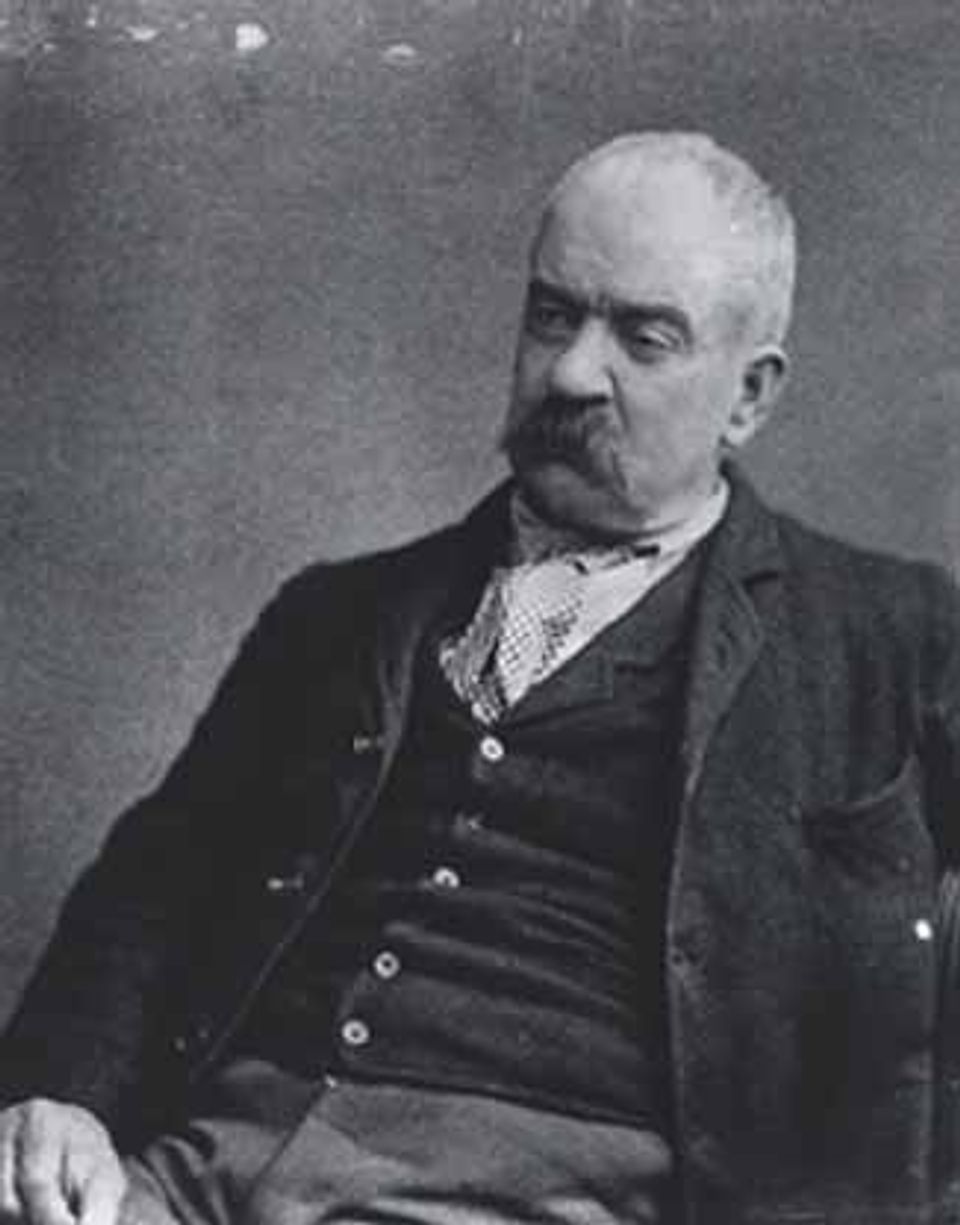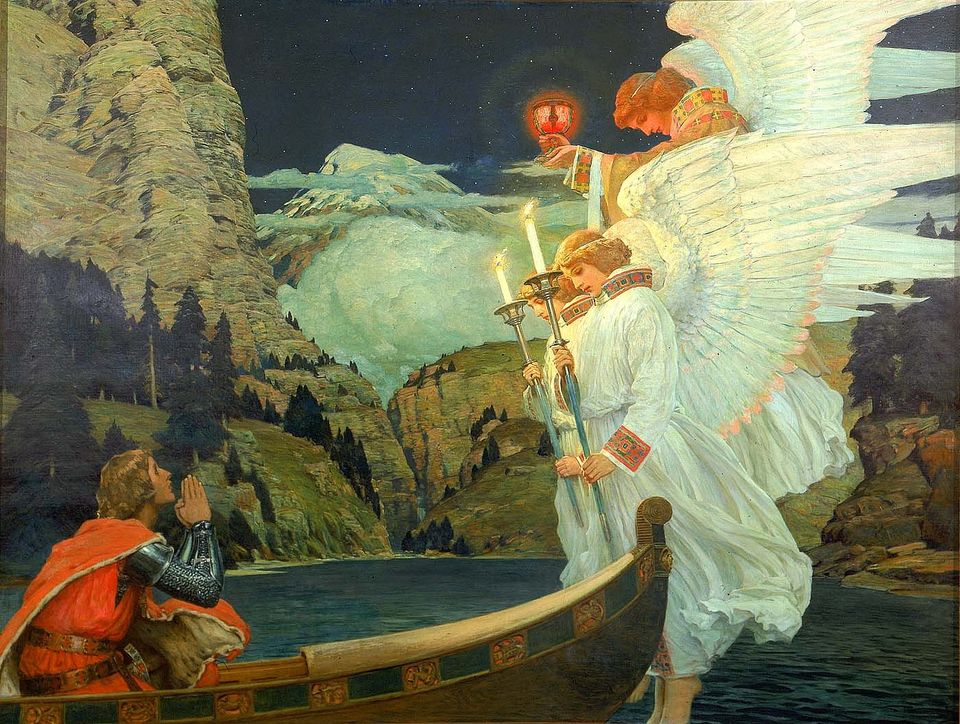Artist
Homer Dodge Martin
born Albany, NY 1836-died St. Paul, MN 1897

- Biography
Painter. Martin's poetic, dreamy landscapes, painted from memory, are most closely associated with the Barbizon School. Harp of the Winds (1895) is a well known work.
Joan Stahl American Artists in Photographic Portraits from the Peter A. Juley & Son Collection (Washington, D.C. and Mineola, New York: National Museum of American Art and Dover Publications, Inc., 1995)
Videos
Exhibitions
June 5, 2009–November 11, 2013
This installation in the Renwick Gallery's Grand Salon displays seventy paintings from the Smithsonian American Art Museum's collection, including landscapes, portraits, and allegorical works by fifty-one American artists from the 1840s to the 1930s.














